
H
ROSALÍA
ESP • Latin Pop

Alejandro Sanz
ESP • Latin Pop
Alejandro Sanz
 ESPPopLatin Pop
ESPPopLatin Pop
C. Tangana
ESP • Alternative Hip Hop
C. Tangana
 ESPHip HopAlternative Hip Hop
ESPHip HopAlternative Hip Hop
Marcin
POL • Flamenco
Marcin
 POLEuropeanFlamenco
POLEuropeanFlamenco
Joaquin Sabina
ESP • Flamenco
Joaquin Sabina
 ESPEuropeanFlamenco
ESPEuropeanFlamenco
Estopa
ESP • Latin Pop
Estopa
 ESPPopLatin Pop
ESPPopLatin Pop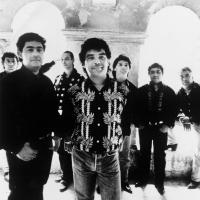
Gipsy Kings
FRA • Flamenco
Gipsy Kings
 FRAEuropeanFlamenco
FRAEuropeanFlamenco
H
India Martinez
ESP • Flamenco
India Martinez
 ESPEuropeanFlamenco
ESPEuropeanFlamenco
Andy & Lucas
ESP • Latin Pop
Andy & Lucas
 ESPPopLatin Pop
ESPPopLatin Pop
Maka
ESP • Reggaeton
Maka
 ESPLatinReggaeton
ESPLatinReggaeton
Antonio José
ESP • Latin Pop
Antonio José
 ESPPopLatin Pop
ESPPopLatin Pop
Isabel Pantoja
ESP • Latin Pop
Isabel Pantoja
 ESPPopLatin Pop
ESPPopLatin Pop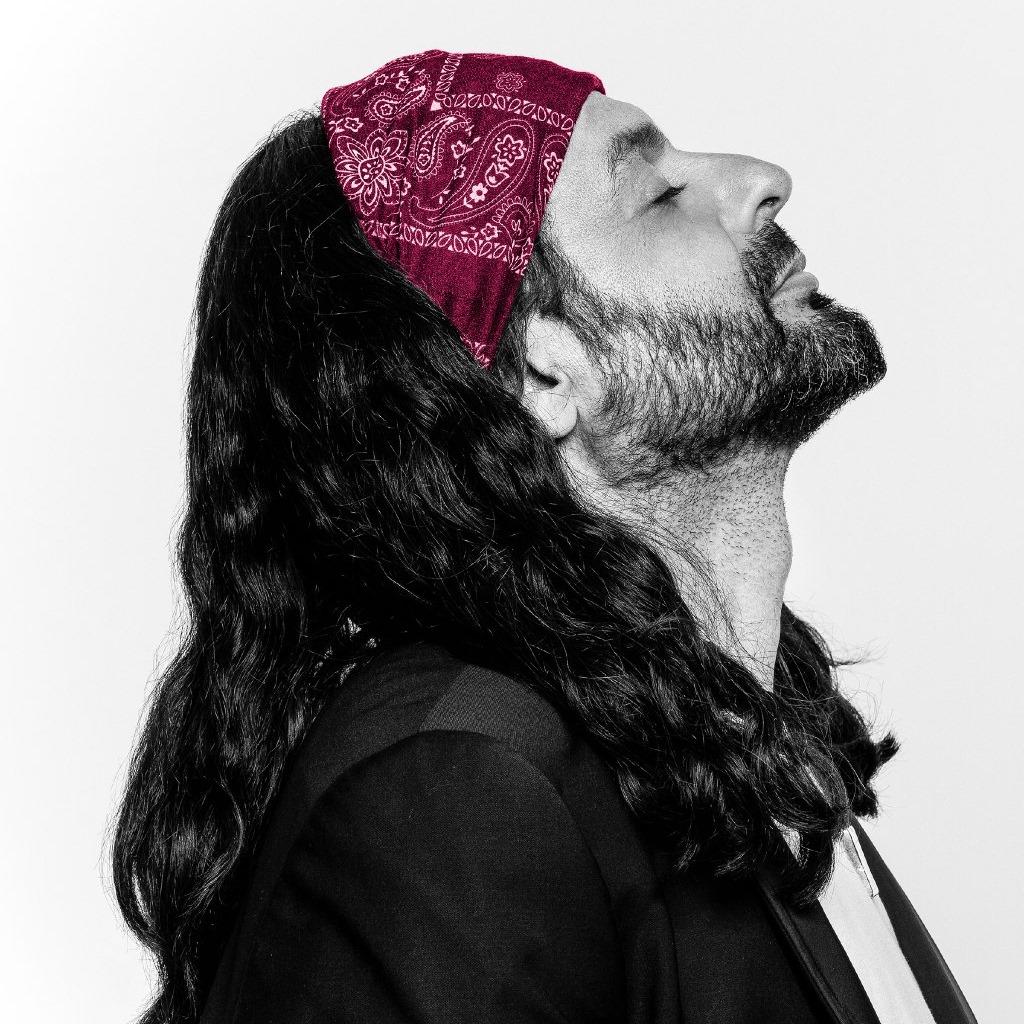
El Arrebato
ESP • Flamenco
El Arrebato
 ESPEuropeanFlamenco
ESPEuropeanFlamenco
El Barrio
ESP • Flamenco
El Barrio
 ESPEuropeanFlamenco
ESPEuropeanFlamenco
Niña Pastori
ESP • Flamenco
Niña Pastori
 ESPEuropeanFlamenco
ESPEuropeanFlamenco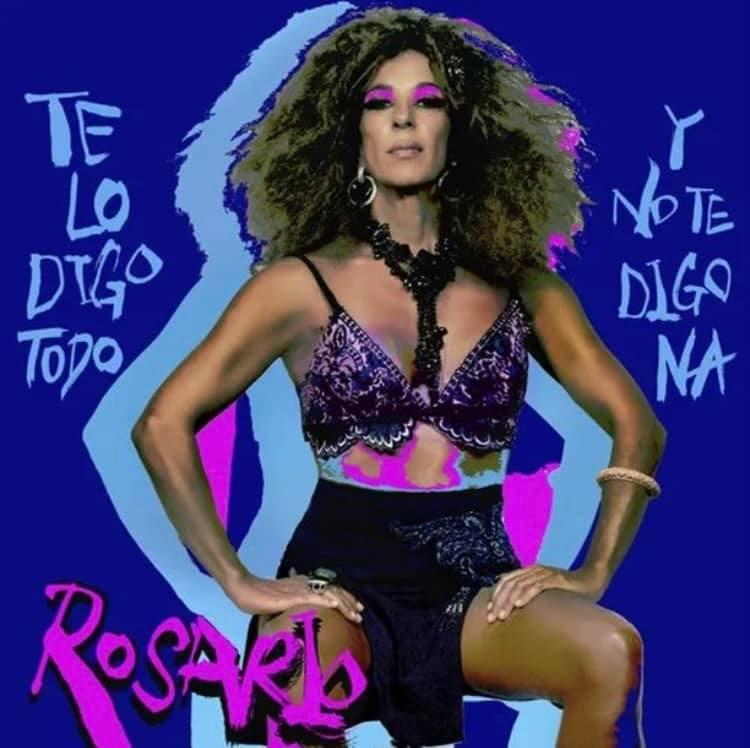
Rosario
ESP • Flamenco
Rosario
 ESPEuropeanFlamenco
ESPEuropeanFlamenco
J Abecia
ESP • Flamenco
J Abecia
 ESPEuropeanFlamenco
ESPEuropeanFlamenco
Demarco Flamenco
ESP • Flamenco
Demarco Flamenco
 ESPEuropeanFlamenco
ESPEuropeanFlamenco
Galvan Real
ESP • Latin Pop
Galvan Real
 ESPPopLatin Pop
ESPPopLatin Pop
Los Rebujitos
ESP • Latin Pop
Los Rebujitos
 ESPPopLatin Pop
ESPPopLatin Pop Viberate
Viberate














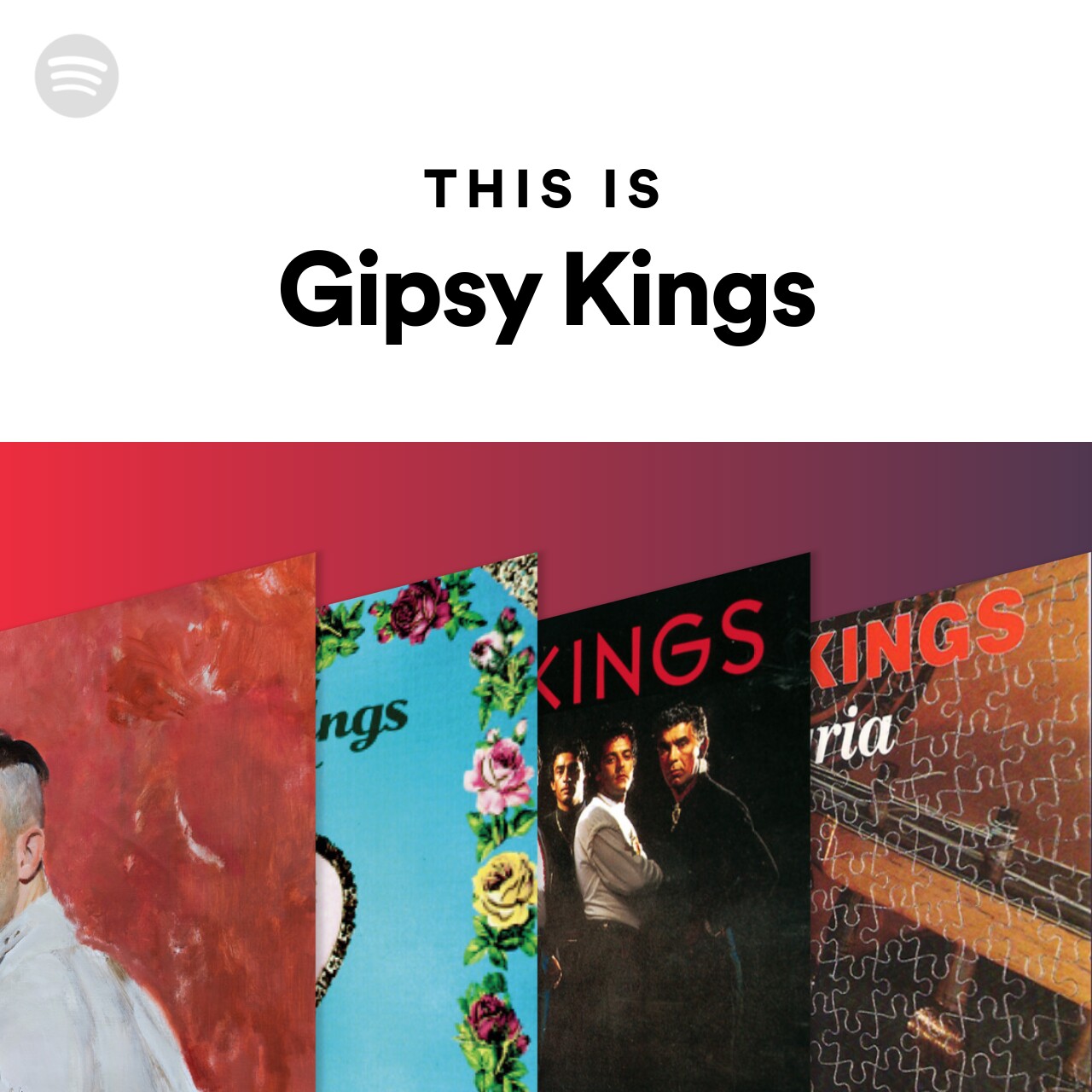






 GBR
GBR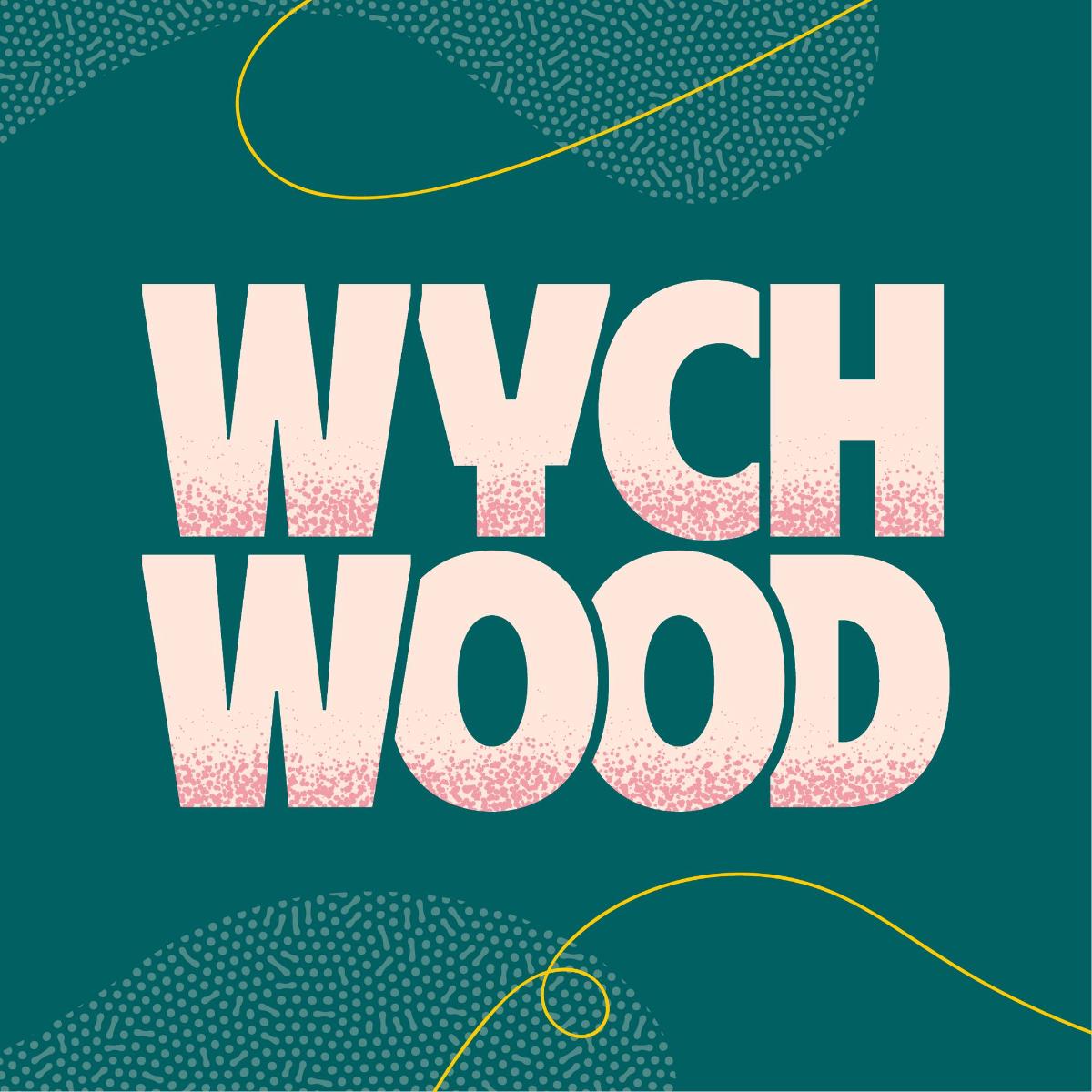
 ZAF
ZAF
 HRV
HRV